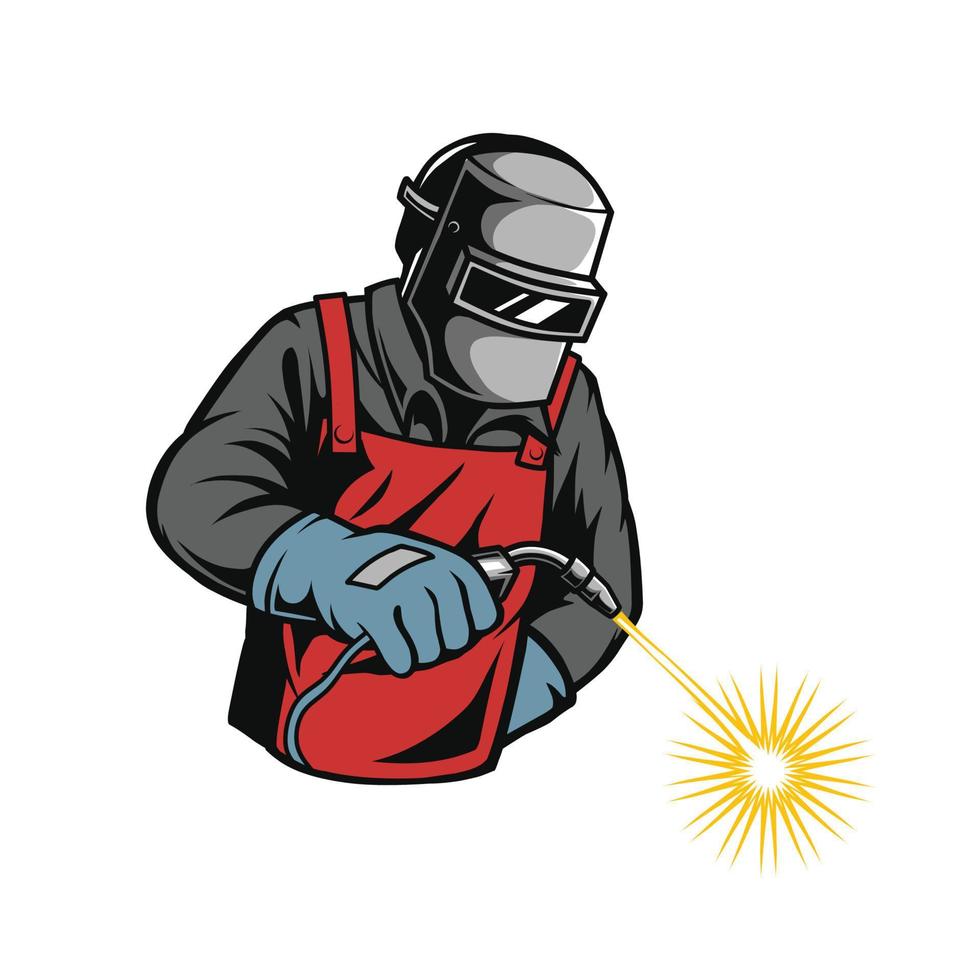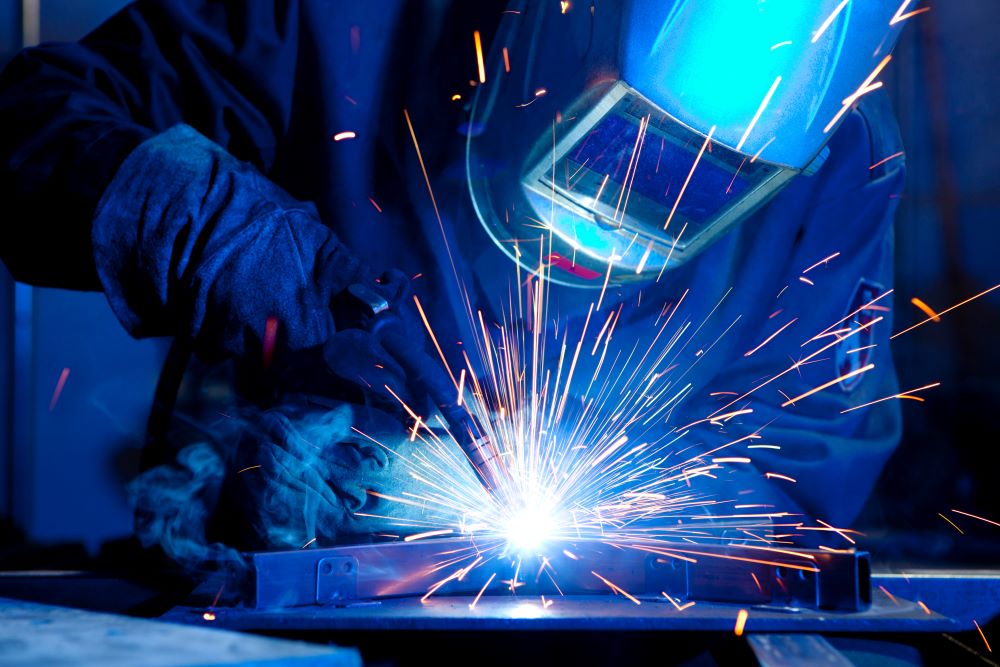Welding WPS Explained: Key Components and Benefits for Your Welding Processes
Welding WPS Explained: Key Components and Benefits for Your Welding Processes
Blog Article
Understanding Welding WPS Standards: Finest Practices and Techniques for High Quality Welds
In the world of welding, grasping Welding Procedure Requirements (WPS) criteria is a vital part that directly affects the quality and stability of welds. As we navigate via the complexities of welding WPS standards, uncovering vital understandings and techniques for achieving top-tier welds will certainly be paramount for welders looking for to excel in their craft and create welds that stand the examination of time.
Comprehending Welding WPS Specifications

Examiners rely on WPS documentation to validate that welding treatments are being adhered to properly and that the resulting welds are of high quality. Designers make use of WPS criteria to develop welding treatments that ensure the durability and reliability of bonded structures.


Vital Tools for Quality Welds
Mastering welding WPS requirements is crucial for welders to effectively use the vital tools needed for producing quality welds. One of one of the most important tools for top quality welds is a welding device. The sort of welding machine required relies on the welding procedure being made use of, such as MIG, TIG, or stick welding. Welding headgears are likewise crucial to safeguard the welder's eyes and face from triggers, heat, and UV radiation. Additionally, welding gloves constructed from heat-resistant and durable materials secure the hands from injuries and burns. Clamps and magnets aid hold the work surfaces together safely during the welding process, guaranteeing accurate and precise welds. Cable brushes and chipping hammers are vital for cleansing the weld joint before and after welding to remove any type of contaminations that can impact the quality of the weld. Finally, a determining tape and angle grinder serve tools for ensuring appropriate alignment and preparing the workpieces for welding.
Secret Methods for Welding Success
To achieve welding success, one must grasp the crucial techniques vital for producing top quality welds. Maintaining a secure welding and a stable hand placement throughout the process is essential a fantastic read to attaining accuracy and consistency in the welds. By understanding these vital techniques, welders can elevate the quality of their job and attain welding success.
Ensuring Compliance With WPS Standards

Additionally, welders must undertake training to acquaint themselves with the WPS standards relevant to their work. Regular audits and evaluations need to be performed to verify that welding tasks straighten with the recommended WPS guidelines. Furthermore, maintaining comprehensive records of welding specifications, equipment look what i found calibration, and examination results is vital for showing conformity with WPS standards - welding WPS. By faithfully sticking to WPS standards, welders can guarantee that their work fulfills the needed quality degrees and adds to the total success of the welding task.
Troubleshooting Common Welding Issues
When encountered with common welding issues, recognizing the origin cause is vital for effective troubleshooting. One prevalent problem is the visibility of porosity in welds, usually brought on by pollutants such as rust, moisture, or oil. To resolve this, making sure correct cleansing of the base metal before welding and utilizing the appropriate protecting gas can substantially decrease porosity. An additional problem often run into is lack of combination, where the weld falls short to correctly bond with the base material. This can come from inadequate warm input or inappropriate welding strategy. Changing criteria such as voltage, cord feed speed, or take a trip speed can help boost blend. Additionally, distortion, splitting, and spatter are usual welding difficulties that Get More Information can be mitigated with correct joint prep work, constant warmth control, and choosing the suitable welding consumables. By completely recognizing these usual welding issues and their source, welders can effectively troubleshoot troubles and achieve high-quality welds.
Final Thought
Finally, understanding welding WPS requirements requires an extensive understanding of the standards, utilizing essential devices, and implementing key methods for successful welds. Making sure compliance with WPS standards is critical for generating top quality welds and avoiding typical welding concerns. By following ideal practices and methods, welders can accomplish reputable and consistent cause their welding tasks.
In the world of welding, understanding Welding Procedure Spec (WPS) criteria is a crucial element that straight affects the high quality and honesty of welds.When diving into the realm of welding methods, an essential element to comprehend is the significance and intricacies of Welding Procedure Spec (WPS) criteria. WPS criteria offer an in-depth standard for welding procedures, making sure consistency, high quality, and safety and security in the welding process. The kind of welding maker required depends on the welding process being utilized, such as MIG, TIG, or stick welding.Attaining welding success via the proficiency of key techniques demands a thorough understanding and adherence to Welding Treatment Requirements (WPS) requirements.
Report this page